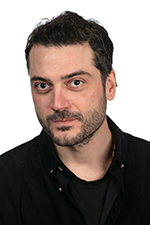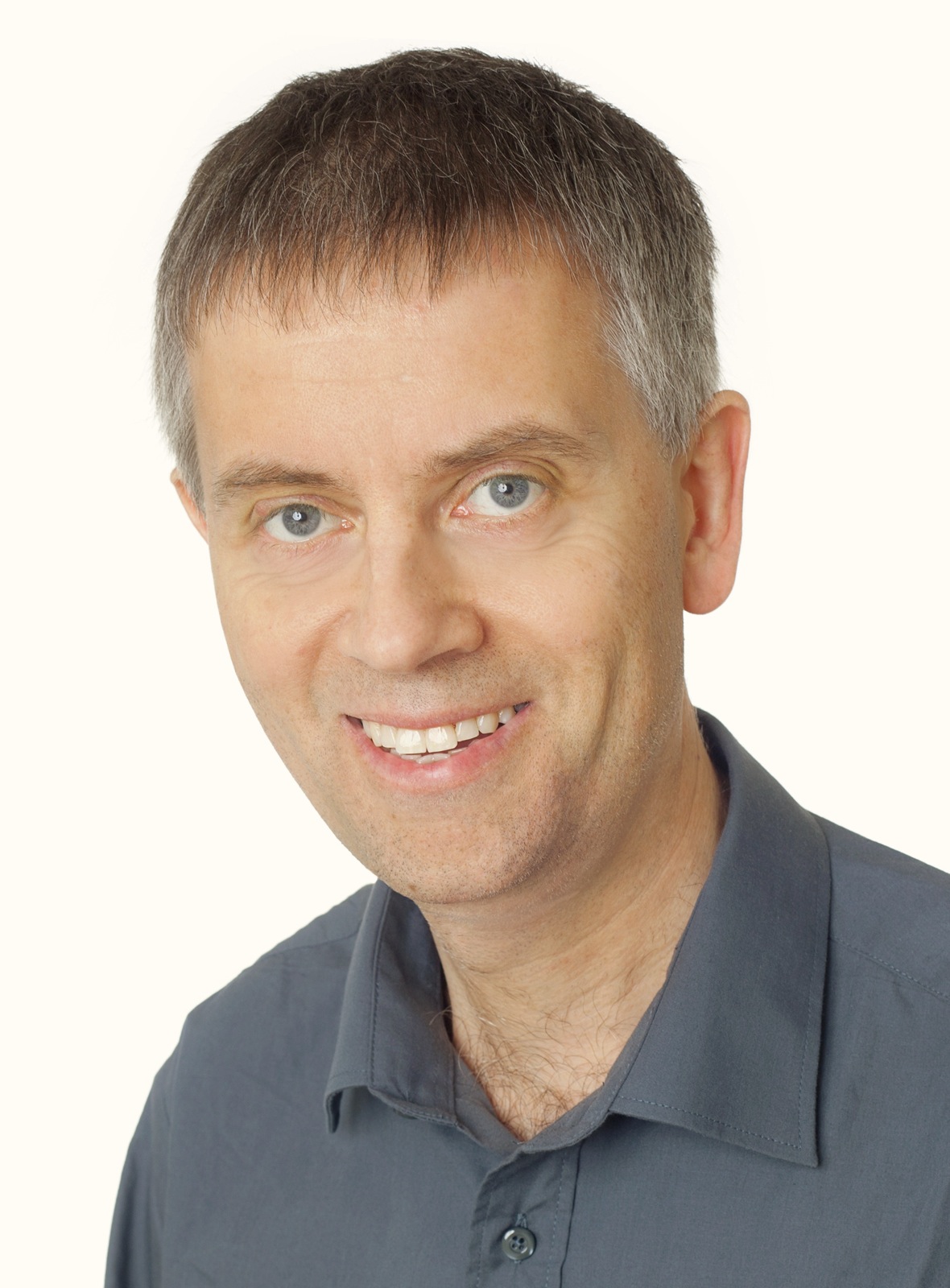Platform Description
Each guitar has a microcomputer, which produces electronic sound through an actuator placed on the guitar body. There are no external speakers; all the sound is generated by the vibration of the acoustic guitars. This allows for exploring combinations of acoustic and digital music-making. See below for technical details.
Scientific Research
The Self-playing Guitars are used for various scientific research into sensors that detect people's motion, digital sound generation, and mappings between action and sound. Since each guitar is self-contained and has battery power, it can easily move around. As such, it is part of RITMO's "out-of-lab" experimentation.
Artistic Research
Through various public performances and exhibitions, RITMO researchers explore the artistic possibilities of The Self-playing Guitars. This includes exploring embodied "musicking" and active musical experiences on the boundary between performing and perceiving an instrument. It also includes investigations of the differences between acoustic and electroacoustic instruments.
Technical information
Each guitar has a attached to a , which sits on top of a Beagleboe microcomputer. The guitars are programmed using the graphical programming environment . Both hardware and software are available in an .
The digital sound produced by the microcomputer comes out through an actuator placed on the back of the guitars. There are no external speakers; all the sound generation comes from the vibration of the acoustic guitar. The guitars have an infrared sensor in front, a built-in microphone, and a three-dimensional accelerometer. Together, these sensors allow each guitar to detect the presence of a person standing in front of it, how it is moved, and the soundscape around it.














